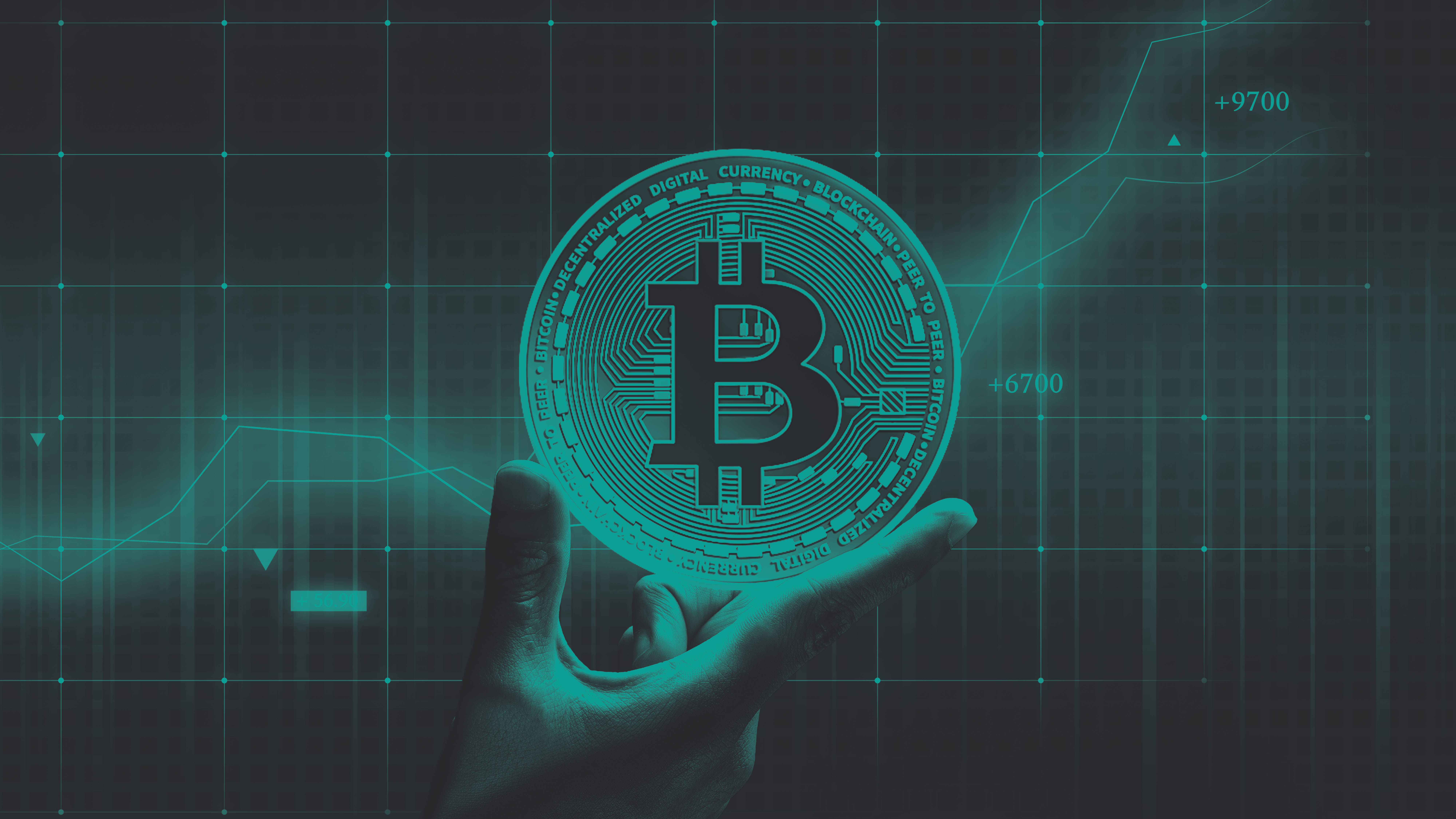Wild Swings
Bitcoin’s price first spiked in 2011, jumping from one dollar to thirty dollars. Later in the same year, the price fell all the way to two dollars. We’ve seen this play out time and time again. Fortunately for Bitcoin HODLers, Bitcoin’s price always rises in the long run, as we should expect. After all, its monetary properties are superior to those of every alternative that mankind has ever invented. Still, its volatility can’t be denied. But can it be explained?
The Economics of Bitcoin’s Price
All prices are determined by supply and demand. The greater/lower the supply of a good, the lower/higher is its unit price. The greater/lower the demand for a good, the higher/lower is its price. In order to explain Bitcoin’s volatility, then, either its supply, the demand for it, or both must also be fluctuating wildly.
We know that Bitcoin’s supply is not volatile. On the contrary, Bitcoin’s supply increases at a perfectly predictable schedule: miners earn a preset amount of new Bitcoin each time they process and confirm the next block in the blockchain. This reward is cut in half every 210,000 blocks during what are known as ‘halving events’. This will continue until about the year 2140 (since each block is mined roughly every ten minutes), at which point Bitcoin’s supply will have reached 21,000,000 and will increase no further. So Bitcoin’s supply schedule is literally the stablest of any money that has ever existed.
Do Disparate Views Cause Fluctuating Prices?
There is only one other possible cause of Bitcoin’s price volatility: the demand for Bitcoin. But this only pushes the question back: why is demand for Bitcoin not relatively constant?
One explanation is that no one really knows how valuable Bitcoin is. Because of this, aggregate demand for Bitcoin is rarely stable. Consider commodities that have been with us for thousands of years, such as salt, gold, or wheat. While their prices surely evolve over time, people more-or-less understand why these goods are valuable and have demand schedules that reflect their understanding.
Bitcoin, on the other hand, is the new kid on the block. Some demand it as a store of value, others see it as a speculative asset, others prefer it as a medium of change, while still others can’t make up their mind about how much Bitcoin they want in their portfolio. As understanding of Bitcoin becomes more widespread, each of these classes is subject to change in size, as well. For example, we should expect an ever-greater fraction of the global population to view Bitcoin as a store of value, while we should expect an ever-smaller fraction of the global population to regard it as a speculative asset.
An equivalent way of thinking about these constantly evolving classes of Bitcoin demanders is that humanity is still discovering Bitcoin’s true price. Bitcoin began as ‘Internet money’ and is on its way to becoming the global reserve asset. This is bound to be a long journey, full of bumps along the road as it bulldozes through the world.
If Bitcoin’s volatility is due to a multi-year, multi-billion person process of price discovery, then the price should stabilize once it actually becomes the global reserve asset. At that point, we should expect its price to rise in proportion to the growth of the global economy. This is, after all, the entire point of a reserve asset: gold used to be held for generations as a store of value, since it either held a steady price or rose in price over time.
Bitcoin only Grows Stronger
As Ria Bhutoria, former director of research for Fidelity Digital Assets, said, “With greater adoption of bitcoin and the development of derivatives and investment products, [B]itcoin’s volatility may continue to decrease, as it has historically.”
Similarly, longtime value investor Bill Miller asserts that “One of the interesting things about [B]itcoin is that it gets less risky the higher it goes.”
Miller’s point is crucial for anyone plagued by fear, uncertainty, and doubt. The riskiest time to buy Bitcoin was when it was born. There have been a small number of close calls since then, but that window of vulnerability has long since closed. Bitcoin will continue to fluctuate in price until it becomes the global reserve asset, but the security of the network has reached escape velocity. There’s no stopping Bitcoin now. Therefore, the choice to buy and hold Bitcoin is one of the easiest ‘investment’ (read: savings) decisions you’ll ever make.

